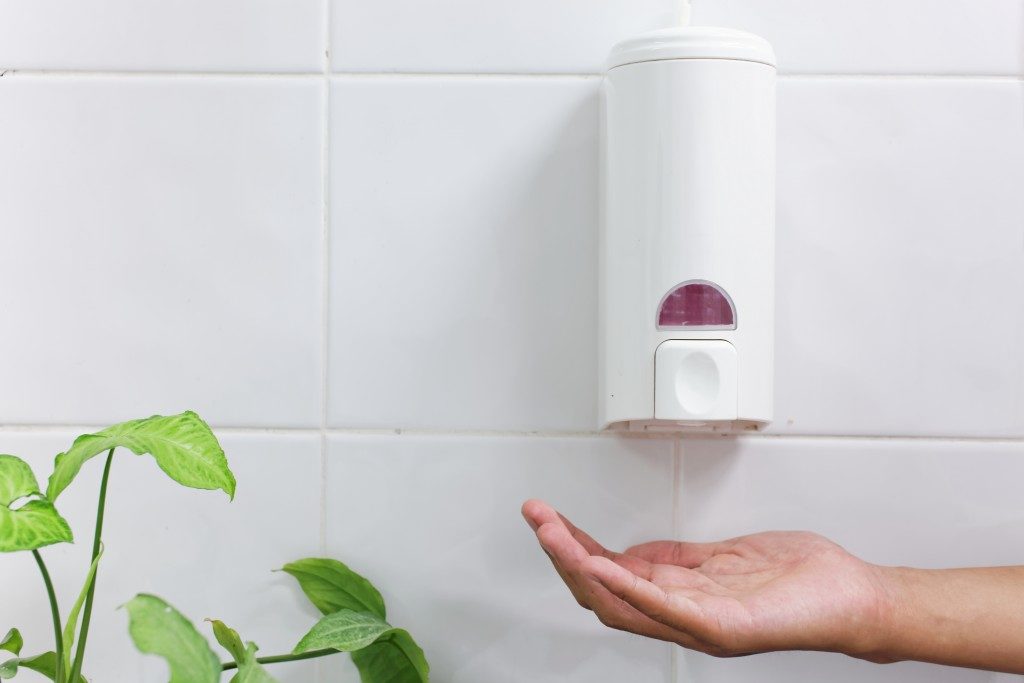Clean restaurants attract more customers and retain the old ones as well. High hygiene standards not only promote food safety but also build a strong brand for your business. Dirty sinks, foul smells, and dirty floor spaces are a turn-off to customers, regardless of how scrumptious you prepare the meals. In addition to total hygiene, excellent customer service should be observed to ensure the success of your restaurant business.
Restaurant odour removal
Restaurants face challenges of odour buildup. It is caused by several factors such as the action of bacteria on food, humid conditions, and body fluids such as sweat. Luckily, there are various ways of eliminating the odour. For example, there are businesses in the UK that sell commercial ozone generators that restaurant owners may acquire for their businesses. Pungent odours make customers displeased, so they should be eliminated. The use of ozone is a quick and easy method of air purification. In addition to eliminating odours, ozone kills bacteria, mildew, and mould. Moreover, ozone is a green technology method of eliminating odours without the use of perfumes or chemicals.
In addition to removing the odour that is often deeply embedded in the restaurant’s furnishings and furniture, ozone technology prevents the return of the odour molecules. It is achieved by destroying all individual characteristics of the odour and neutralising its negative ions so that they naturally disperse back to the atmosphere. In that case, the odour molecules do not return.
But the use of perfumes causes the odour molecules to return once the masking agent has worn off. Commercial ozone generators operate with minimal maintenance and supervision. They are, therefore, very efficient in managing restaurant odours. Other methods of removing restaurant odours are available. They include the use of vinegar, thorough cleaning, excellent air conditioning, and the use of activated charcoal.
Thorough cleaning
The general cleanliness of your restaurant drives customer behaviour. Customers will less likely visit a dirty restaurant again or recommend it to their friends or family. A dirty environment attracts pests and disease-causing microorganisms that compromise food safety. Your restaurant’s washrooms and toilets should be effectively cleaned and sanitised. Attention should be paid to touchpoints such as faucets, switches, and handles to prevent the spread of bacteria. Moreover, the toilet facilities should be properly maintained.
Hourly cleaning is important for restaurants that have a high flow of customers. Clean carpets, linen, curtains, and polished stainless steel surfaces leave a good impression on the customers. Besides, customers tend to enjoy food served in clean utensils. The tables should also be clean and wiped after each use. The restaurant’s kitchen and kitchen equipment such as cookers should also be cleaned regularly. Remnant food should be disposed of properly to avoid the buildup of bacteria.
Personal hygiene for restaurant staff

Hygiene practices should be observed by all of your employees. They should observe simple habits such as regular hand washing and sanitisation. Proper cleaning of hands should be done after using the washrooms, after attending to a sick person, and during the preparation of meals. Your restaurant’s staff should not wear perfume or use body lotions with strong scents. Such body products have the potential of tainting the flavour of food. Moreover, sick workers should take leave from work to mitigate the possible spread of infections. Protective clothing such as hairnets, kitchen shoes, and aprons should also be clean and worn at all times.
Maintaining a clean restaurant is essential. Good housekeeping practices should be strictly observed. Cleaning equipment, chemicals, and labour should be available for the maintenance of a clean restaurant.

